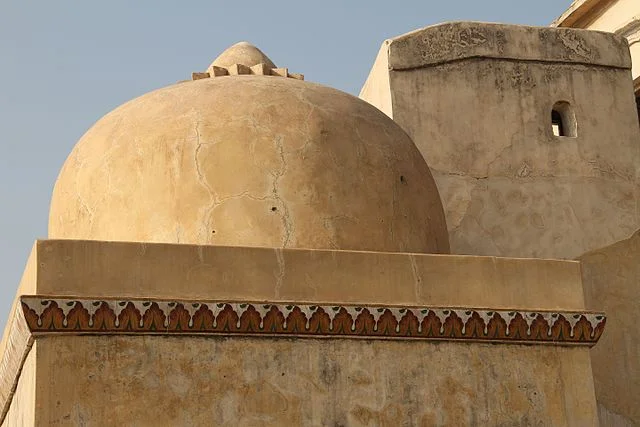The Katas Raj Temples, an ancient complex of temples in the Punjab province of Pakistan, hold significant cultural and historical value. This temple complex, dating back to around the 6th century AD, is among the oldest and most revered Hindu religious sites in the region. The temples are closely associated with Hindu mythology and offer insight into early architectural styles, religious practices, and regional history.
Get your dose of History via Email
Historical Background
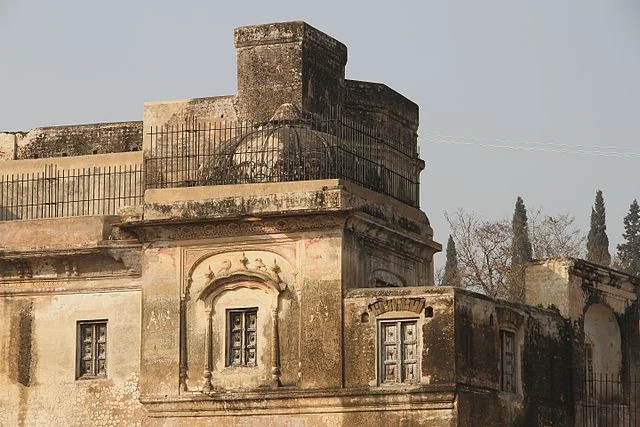
The history of the Katas Raj Temples stretches back over 1,500 years. Scholars believe that the site was established around the 6th century AD during the Gupta period, a time known for the flourishing of Hindu art, culture, and temple construction. According to historical accounts, the temples served as a center of pilgrimage and learning. They attracted scholars, priests, and worshippers from the Indian subcontinent.
The temples’ structures reflect various eras of Hindu rule in the region. During the medieval period, local rulers and wealthy patrons sponsored renovations and expansions to the temple complex. These patrons included prominent Hindu dynasties and, later, the Sikh rulers of Punjab. The site maintained its religious significance through multiple political and social changes in the region, including during the Mughal period.
Mythological Significance
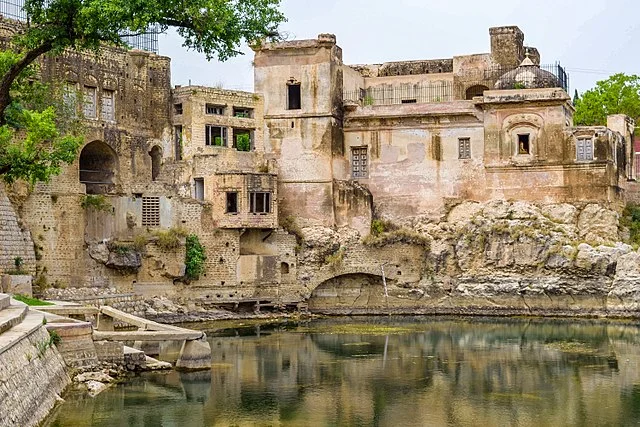
The Katas Raj Temples hold deep roots in Hindu mythology, particularly linked to the god Shiva. According to legend, the lake near the temples, known as Katas Lake, formed from Shiva’s tears after his wife Sati died. The lake is thus regarded as sacred and central to the temple’s religious importance.
The temples are dedicated to Shiva and other deities. They form part of the Hindu tradition that links mythological narratives to specific geographical locations. The association of Katas Raj with these stories adds to its cultural significance for Hindus, making it a key pilgrimage destination.
Architecture of the Katas Raj Temples
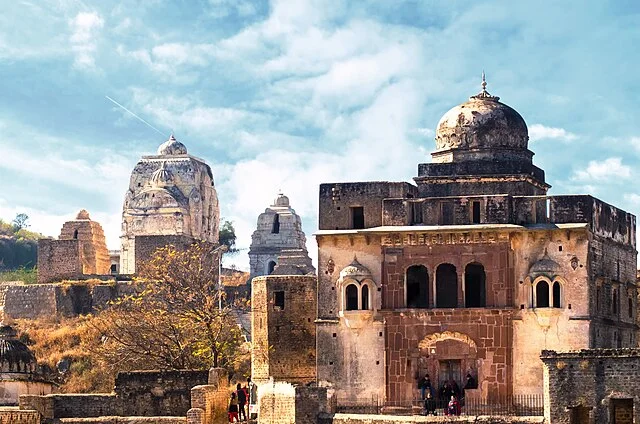
The architectural style of the Katas Raj Temples is notable for its blend of regional techniques and traditional Hindu temple elements. The structures showcase intricate stone carvings, pillars, and motifs common in Hindu architecture, reflecting influences from various historical periods.
The main temple dedicated to Shiva, often referred to as the Satgraha temple, is the most prominent structure. This temple features high walls, an elaborate spire, and a sanctum sanctorum. The complex also includes a temple dedicated to Hanuman, another to Ram and Sita, and several smaller shrines. Together, they form a compact yet architecturally significant assembly of buildings around the lake.
Cultural Importance and Conservation Efforts
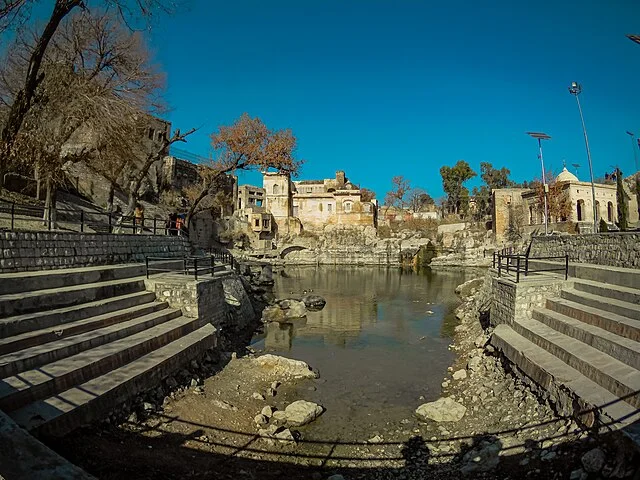
For centuries, the Katas Raj Temples have served as a pilgrimage site. Pilgrims traveled to this sacred location to honor Shiva and bathe in the lake, believed to possess purifying properties. The temples also hosted gatherings, rituals, and festivals, reinforcing their importance in Hindu religious practices.
In recent years, preservation efforts have focused on restoring and maintaining these historic structures. The Pakistani government and international organizations have worked to conserve the temples, recognizing their cultural and historical value. These efforts aim to protect the architectural integrity of the site and ensure its continued accessibility to pilgrims and visitors.
Conclusion
The Katas Raj Temples are a vital part of South Asia’s religious and cultural heritage. Their ancient history, mythological associations, and architectural significance underscore their importance to Hindu tradition and regional history. Conservation initiatives are essential to preserving this complex for future generations, allowing it to serve as a site of learning, devotion, and historical study.
Source:

